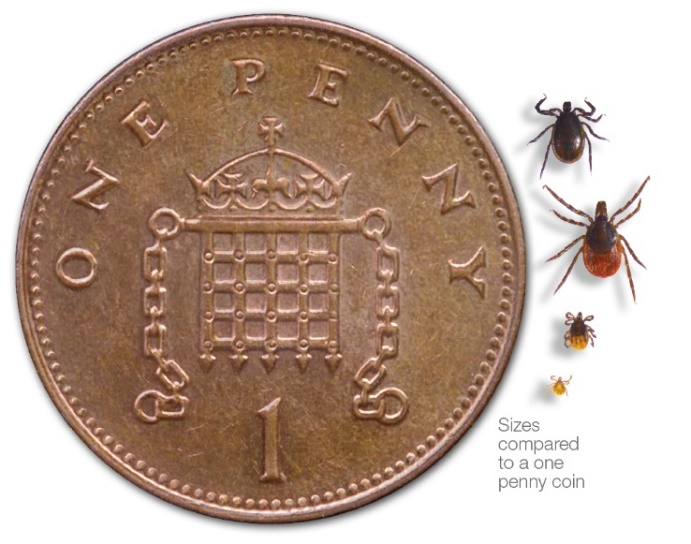Lyme-UK Study to continue in 2024
Mon, 11 December 2023
The HPRU-EZI's Lyme-UK Study has secured further funding to continue recruitment in 2024, under the leadership of Lucy Delaney and Prof Neil French at the University of Liverpool.
Lyme disease is caused through transmission of a bacteria (Borrelia burgdorferi sensu lato complex) via the bite of a tick. There are several different types of the bacteria that can cause Lyme disease in humans, with a different distribution in the USA, compared to Europe and the UK. In around 60% of people with Lyme disease, a rash (erythema migrans) may be visible 3 to 30 days after infection and may show a characteristic target pattern. However, diagnosis can be complex, with other non-specific flu-like symptoms and due to the small size of the tick, exposure can be difficult to confirm. Despite Lyme disease being endemic within the UK, there is relatively little UK based evidence relating to presenting symptoms, diagnosis and patient outcomes, with assumptions of a similar profile to that seen in Europe. To aid clinicians with diagnosis and treatment of the disease, NICE guidance was published in 2018.
With the majority of cases presenting within primary care, this HPRU EZI Lyme disease project aims to better understand diagnosis, symptoms and treatment outcomes within this setting. Project streams include a GP Knowledge, Attitudes and Practice survey, that has been completed and is currently in preparation for submission for publication, with data providing some novel insight into practice in relation to NICE guidance in Scotland and England. A patient based cohort study has also been developed and began recruiting in July this year in Inverness, following delays due to the Covid-19 pandemic and site issues. The LYME-UK study aims to follow-up patients for 12 months, following a diagnosis and treatment for Lyme disease from their GP. Study participants attend the Inverness clinical research facility for three appointments at diagnosis, 3 and 6 months. They also regularly complete participant diaries, including symptom surveys and a health related quality of life questionnaire. With participant consent for future research use, we are biobanking material for future research use, including; optional skin biopsy material, serum, whole blood, blood RNA and urine. Currently processed and stored by the Scottish Lyme Disease and Tick-borne infections Reference Laboratory (SLDTRL), this material, along with related study data, will provide a valuable future resource for Lyme disease and diagnostic research.

